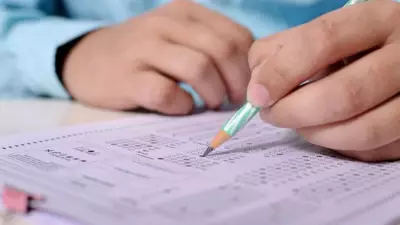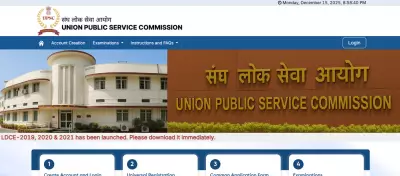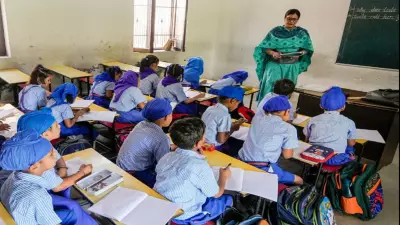
In a proactive move towards building disaster-resilient communities, an educational institution recently conducted a comprehensive earthquake awareness session for both students and staff members. The interactive program went beyond theoretical knowledge, equipping participants with practical skills to handle seismic emergencies effectively.
Hands-On Safety Training Takes Center Stage
The session provided crucial information about earthquake causes, early warning signs, and the science behind seismic activities. However, the real value emerged during the practical components where attendees learned immediate response techniques.
Essential Safety Protocols Demonstrated
Trainers emphasized the "Drop, Cover, and Hold On" methodology as the gold standard for immediate earthquake response. Participants practiced:
- Identifying safe spots within classrooms and buildings
- Proper protective postures during shaking
- Evacuation procedures when movement stops
- Assembly point protocols and headcount procedures
Building a Culture of Preparedness
The program highlighted that earthquake safety extends beyond immediate response. School authorities discussed structural safety measures, emergency supply kits, and communication plans that ensure comprehensive preparedness.
"Knowledge is our best defense against natural disasters," noted one of the organizers. "By empowering our students and staff with these vital skills, we're not just complying with safety regulations—we're potentially saving lives."
Creating Community Resilience
The session particularly focused on transforming students into safety ambassadors who can share their knowledge with families and neighbors, thereby extending the safety net throughout the broader community.
The initiative represents a significant step toward making educational institutions safer and more prepared for natural disasters, ensuring that when the ground shakes, knowledge and preparation remain standing firm.





